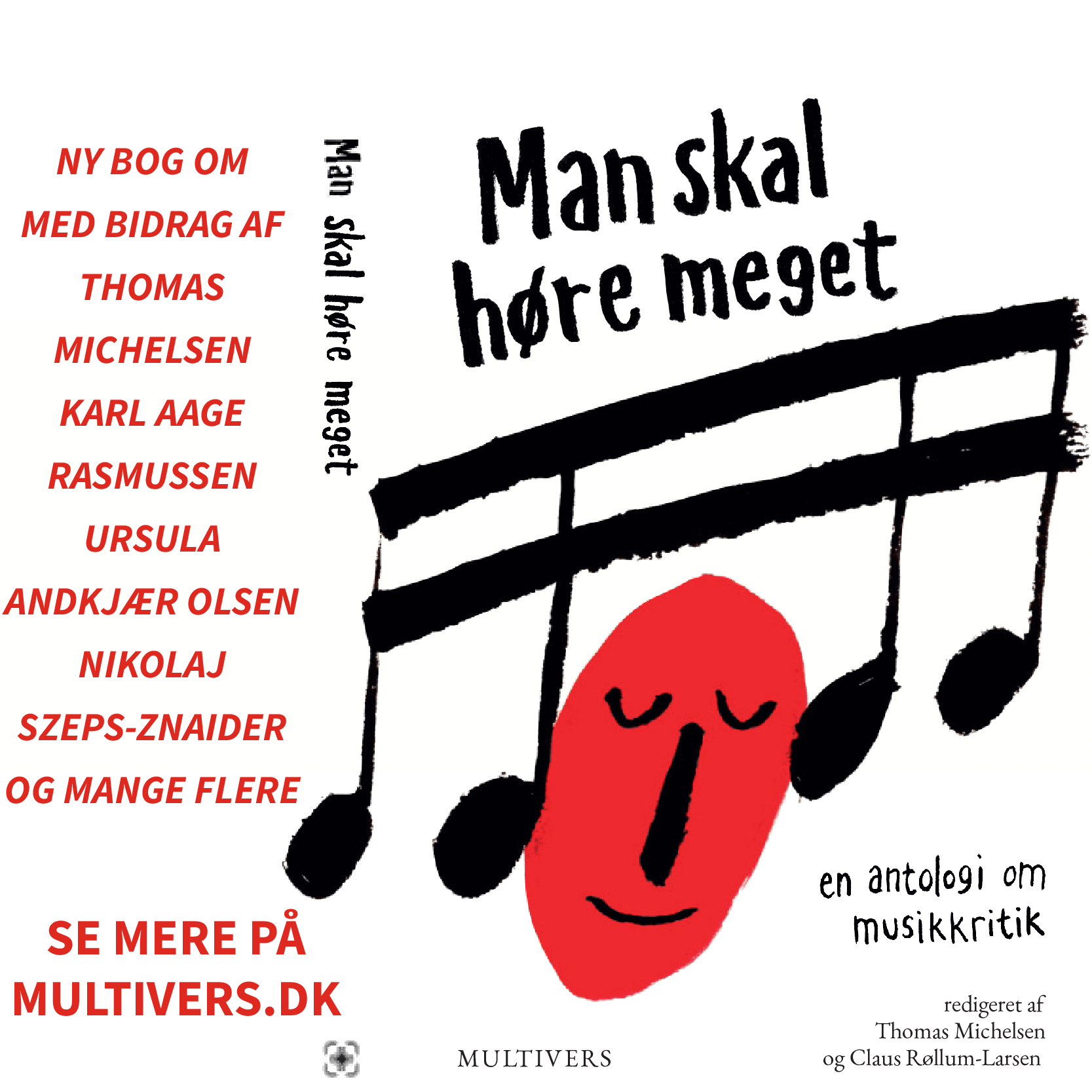Danish Music Review
Danish Music Review
Young Swedish Music, 4
(135-143)
With this fourth article Ingmar Bengtsson concludes his discussion af young Swedish music. After a detailed psychological and musical analysis of Karl-Birger Blomdahl in the preceding article he gives here a similar account of the characters of Sven-Erik Bäck and Ingvar Lidholm, and more in the f orm of a summary the author mentions the following composers: Hans Leygraf, Klas-Thure Allgén, Sven-Erik Johanson and Ingmar Milveden.
From the works of Sven-Erik Bäck it appears that he has been considerably influenced by religion. One of his early works is thus a cantata with a religious text; this work is not considerable, but is is important as as symptom. He reaches no artistically valuable results until 1946 -47 respectively with two choir works, but in the years between the first and the last choir works he writes some chamber music besides which he himself certainly considers a kind of studies. This kind of music became his field of experience where he tried to find a personal style in which doctrines from Palestrina, Bach, Hindemith, and Rosenberg are held at a suitable distance. In 1947 Bäck studied at the Schola Cantarum in Basel, and in the period before and after this study he composed a string quartet and -quintet the first of which is perhaps his most mature work.
Ingvar Lidholm, who was born in Södertälje in 1921, is more conservative, but his musical inspiration springs from fresh and rich sources. He is gifted by nature, he is steeped in music to such an extent that almost in all his works the plastic, dansant character attracts attention. His teachers were Rosenberg, Tor Mann and Mogens Wöldike, and he has furthermore studied in Switzerland, France, Italy, Prague, Copenhagen, Oslo by means of the Jenny Lind Scholarship in 1946-47. In his first compositions a healthy balance between demand for expression and technical capacity is evident, and he has succeeded in preserving this balance until the compositions after 1944 which were of more importance. He reached a climax in the "Toccata e Canto" for strings and four wood winds (1944); of later works may be mentioned a sonata for solo flute (1946), a string quartet (1945) a piano sonata (1947), and the choir work "Laudi" ' (1947), his most accomplished composition which the author calls a masterpiece.
Among the last four composers Hans Leygraf, the young excellent pianist, is mentioned. His first works, among which a well-sounding concertino for piano, are somewhat influenced by French music, but under the influence of the circles in Germany (he has studied in Switzerland and Milnehen) worshipping the traditions from Hindemith, he totally changed his former style and started thoroughgoing studies by devoting himself for a long time first and foremost to unisonity (sonatino for solo flute 1944) and thereafter for a long time to compositions for more voices in formal treatment of dissonance (double voice inventions for piano 1944, a.o.). Not until a toccata for piano (1946) he has emancipated himself from the selvimposed restrictions and reached a more free expression.
Klas-Thure Allgén is rather unknown not the least because of the fact that his works are almost impossible to perform. To him, too, religion comes in the foreground, but his very complicated and abstract compositions are characterized by a peculiar coolness and an iron fanatism.
Sven-Erik Johanson resembles Blomdahl with his energetical polyphonic style; his music is vital and tends towards a combination of the strict polyphonic and of work of a more improvisatory character.
Ingmar Milveden does not belong to the Stockholm group; he was born in and grew up in Göteborg, where he has received strong impulses from Carl Nielsen, the Danish, and Gösta Nystroem, the Swedish composer.
The author concludes his article by giving an account of the ends and means of young Swedish music: "The proportion between brain and heart has certainly not changed from former days till now. As always the personalities are of most importance, and as always time will show what be of value also in the future".
About the Voices of Boys
(143-148)
Helga Knoblauch Christensen, M. A.,
teacher at the singing school of Copenhagen, (an ordinary folk-school where the main stress is laid on singing) in this article writes about the boys' voices breaking at the age from about 14-17 years, and gives an account of her experiences with regard to the method of singing-teaching for boys in this period.
Biography ol Carl Nielsen
(149-150)
Vagn Holmboe, the Danish composer, reviews the second volume of the biography of Carl Nielsen, the great Danish composer, written by Torben Meyer and Frede Schandorf Petersen.
This work of nearly 700 pages which contains a biography as well as a musical analysis of Carl Nielsen's compositions, is the first book of importance written about this subject. F.inst. Vagn Holmboe writes: .... "A work written on a broad basis, written with deep insight and yet easily readable, a number of minute descriptions and analyses and yet a beautiful whole, unsurpassed because of its richness in unpublished material".
Vilhelm Gøonbech
(148)
Poul Rovsing 01sen writes some words in memory of the late Vilhelm Gronbech, the great Danish philosopher and historian of religion who died suddenly on the 21st April, 1948.
Carl Nielsen on Grammophone Records
(153)
The important symphony "Espansiva" by Carl Nielsen is now available in an excellent recording. This is the first symphony of Carl Nielsen ever recorded, and the work is played by the Danish Radio Symphony Orchestra, conducted by Erik Tuxen, and performed for His Master's Voice. Frede Schandorf Petersen, who has recently concluded a book on the works of Carl Nielsen (see above) in this article reviews this recording.

